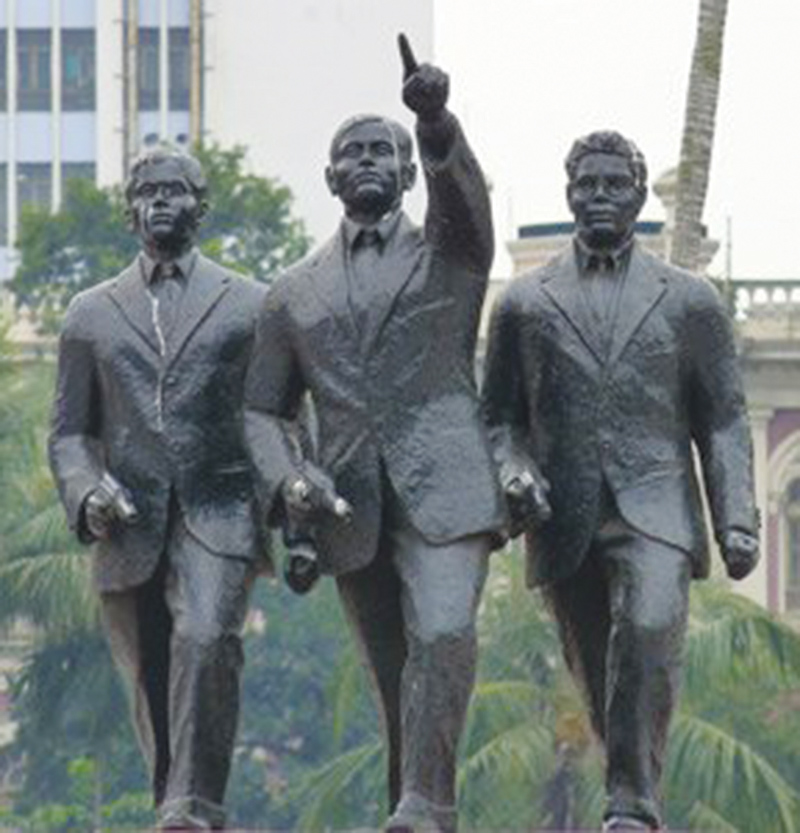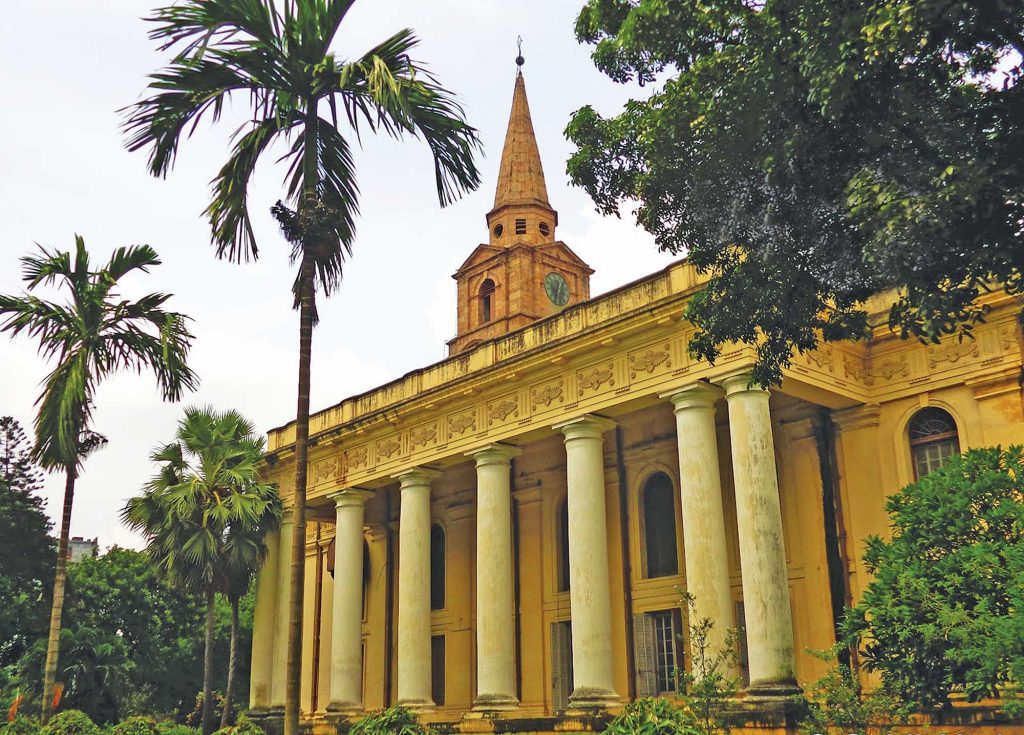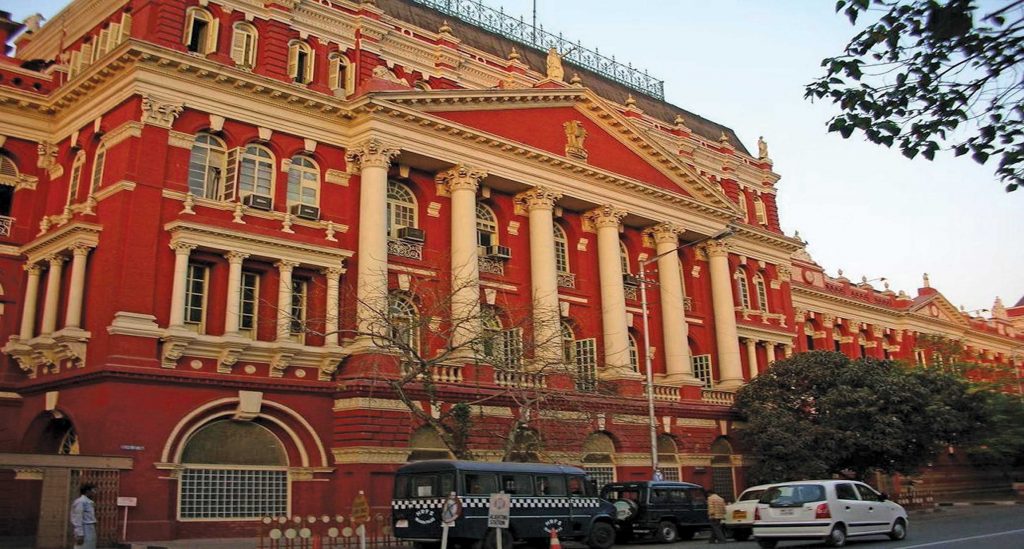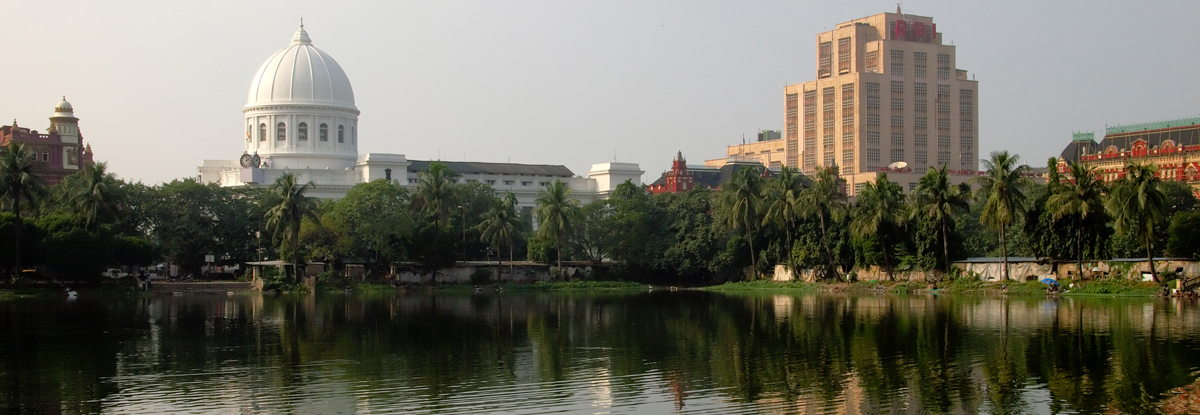Dalhousie Square
A SLICE OF HISTORY

Dalhousie Square, known now as Benoy-Badal-Dinesh Bagh, is an oasis at the heart of Kolkata. Occupying an area of over two square kilometres, the plaza is ringed by historic architecture and contains the Lal Dighi, or Red Tank, a body of water that reflects the buildings surrounding it. The space was originally named after James, the Earl of Dalhousie, who served as the Governor-General of India from 1847 to 1856. In the 18th and 19th centuries, Calcutta was the capital of British India and Dalhousie Square was the cityʼs financial, social, and political nucleus.

Calcuttaʼs first parish church, St Johnʼs, faces the square with its classical exterior and its early nineteenth-century steeple, modeled after Gibbsʼs St Martin-in-the-Fields in Londonʼs Trafalgar Square. It also houses the mausoleum of Job Charnock, known to be the founder of Calcutta.

Dalhousie Square is one of south Asiaʼs few surviving colonial centres. The buildings that line the square were built from 1695 and 1947. In the aftermath of Indiaʼs independence, Dalhousie Square was renamed Benoy-Badal-Dinesh Bagh (BBD Bagh) after three Indian nationalists who were killed leading the rebellion. The original Fort William lay here. In the summer of 1756, Nawab Siraj ud-Daulah launched an attack on the British town for the Companyʼs decision to strengthen the fortifications around it. The survivors of the attack were sent to a garrison within the fort which spurred an incident infamously known as the Black Hole of Calcutta.

The British, however, soon retook the city after the Nawab retreated from the forces of Robert Clive. The Writersʼ Building originally served as the office for writers of the British East India Company. Designed by Thomas Lyon in 1777, it has gone through several extensions over the years. Today, it is the secretariat building of the State Government of West Bengal and houses the office of the Chief Minister. Currently, it is undergoing a huge renovation.

